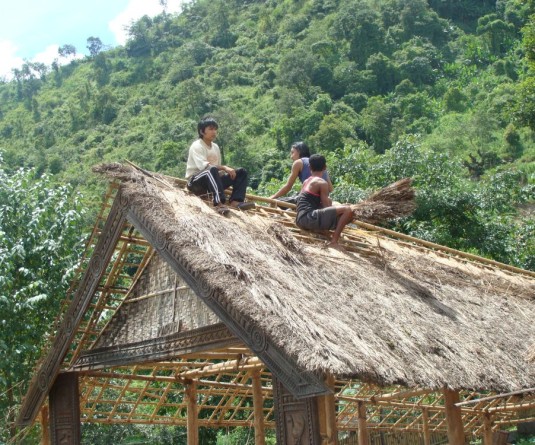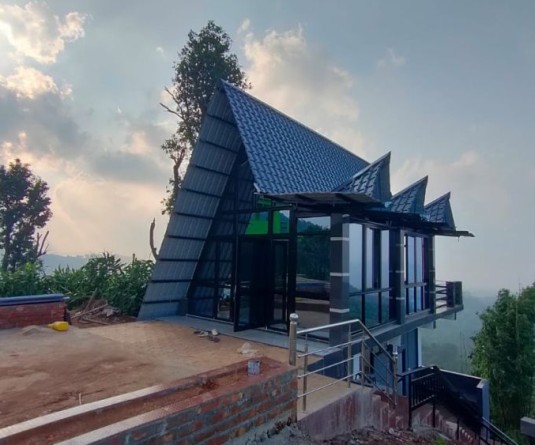Crew members of the Ground Water Cell, directorate of Geology and Mining, Nagaland, observing water being pumped from the 80 metres Deep Tube Well drilled at Arkong Ward, Mokokchung, on May 30. (Morung Photo)
Limalenden Longkumer
Mokokchung May 31
MOKOKCHUNG MAY face water scarcity on the surface, but there seems to be no dearth of water under its ground. The Ground Water Cell (GWC) crew from the department of Geology and Mining today successfully completed drilling of a ‘Deep Tube Well’ at Arkong Ward. The area is located at an altitude of 1250 metres above sea level, but is estimated to pump at least 4000 litres of water per hour. The tube well drilled today went 80 metres into the ground. It is the second tube well that the GWC crew, led by geologist S Manen, has successfully drilled in Mokokchung, with the first one being drilled at the ISBT at Khensa Gate.
The one that was completed Saturday is located at the office premises of the Assistant Registrar of Cooperative Societies, Mokokchung, though initiated by a private firm. Manen, the geologist, informed that interested groups or individuals need simply to write an application to the Directorate of the department of Geology and Mining to drill a tube well. The department has the technical know-how and the technology to drill tube wells, he said, adding that it was introduced in Nagaland in 2005. With the TDH-10 drilling technology, the department has drilled 42 deep tube wells in Nagaland so far, with a success rate of 90%. Manen informed that the expenses incurred to drill a well must be borne by the client. On the cost of drilling a tube well, Manen estimated that close to 7 lakhs of rupees per 100 metres is incurred, with the bulk of the expenses being spent on procuring pipes.
It is now a well established truth that surface water is too scarce for public distribution in Mokokchung. The PHED has informed that more than half of the town’s population is not provided with water supply. Rainwater harvesting is another option but it also has its own share of down sides. Although expensive, Deep Tube Wells could be the answer to the problem of solving water scarcity in Mokokchung. With an organised network of distribution system and public participation, tube wells could be a more reliable and cost-effective alternative for public water distribution.






